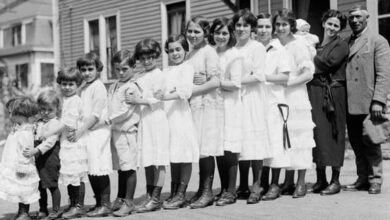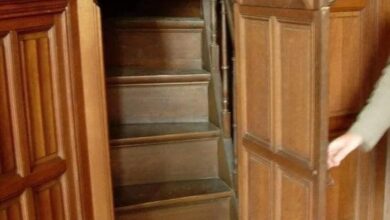After 2,000 years, the true face of Jesus has finally been revealed.
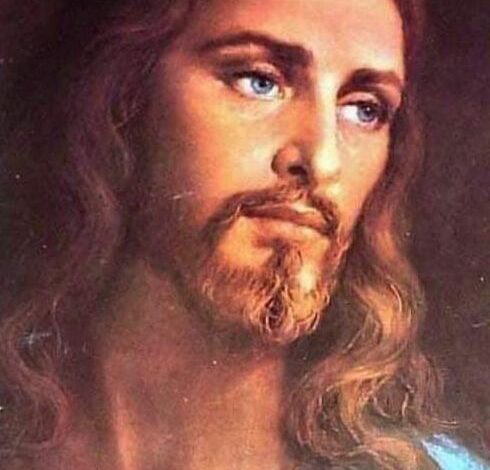
The Catholic Church’s depiction of Jesus Christ has long been that of a white, European-looking guy with stunning blue eyes. Scholars believe, however, that the genuine face of Jesus differs significantly from the imaginative imaginings of Renaissance painters.
They believe that the Son of God resembled a typical male from the ancient borders of Palestine: shorter in stature, muscular in build, and ornamented with coiling black hair.
Bas Uterwijk, a Dutch photographer and digital artist, traveled to a new area in search of an answer to the age-old question of Jesus’ look.

Bas set out on a mission, armed with cutting-edge technology, to create an image of Jesus that corresponded as closely as possible to the historical backdrop of his birthplace. He set out to recreate the Messiah’s likeness using Artbreeder’s powerful machine-learning techniques.
Unsurprisingly, the image that emerged from Bas’ efforts contradicts our common perception of Jesus’ expression.
Bas adds, “The AI software harnesses the power of a neural network trained on many photographic portraits and painted renditions of human faces.”
This clever application enables users to combine numerous facial references, creating a synthesized image that considers the user’s aesthetic preferences. Bas used this talent to bring actual and fictitious personalities to life.
“I intended to refine the ethnicity, fashioning a Middle-Eastern visage that resonates with authenticity, drawing on a tapestry of artistic portrayals of Jesus of Nazareth rooted in Byzantine and Renaissance traditions, including Leonardo da Vinci’s ‘Salvator Mundi’ and the enigmatic Turin Shroud,” Bas says.
While Bas was pleased with the outcome as an embodiment of the collective cultural depiction, he wished for greater historical precision.
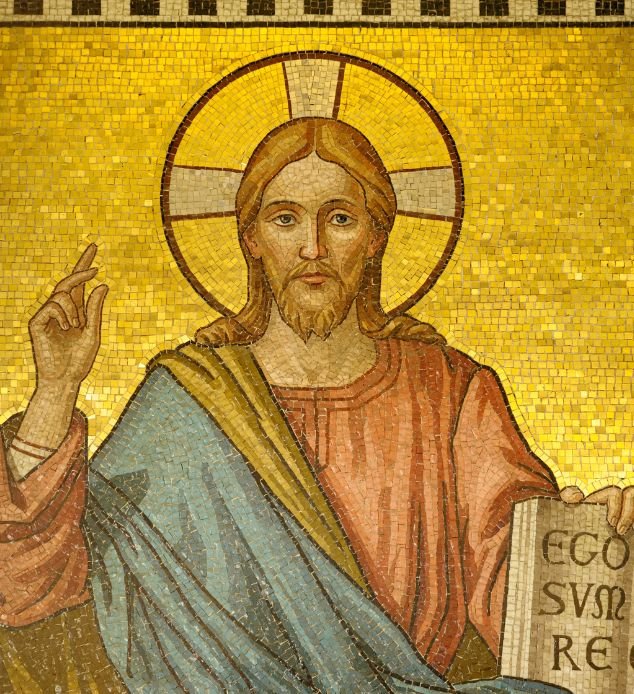
“As a result, I painstakingly adjusted the hair and beard lengths and styles to reflect the norms of that era and region.” “I incorporated elements from Fayum mummy portraits, pushing Renaissance aesthetics to the margins,” he continues.
Bas’ efforts have resulted in something more akin to an aesthetic impression of what Jesus might have looked like than a rigorous pursuit of scientific exactitude.
Born into a Jewish family in Bethlehem in 4 BC, Jesus grew up there before settling in Nazareth, a town in Israel. This story has its origins in the Bible.
According to Joan Taylor, author of “What Did Jesus Look Like,” historical documents show that the people of Judea and Egypt had olive-toned complexions, ebony-black hair, and brown eyes.
Everyone has a preconceived image of Jesus’ appearance. Images of Jesus pervade all civilizations, resulting in universal recognition. This phenomenon has resulted in almost automatic identification, often obviating the need for further investigation.
“However, the iconic features we associate with Jesus – flowing hair, robes, and beards – date back to the 4th or 5th centuries,” Taylor says. In actuality, Jesus’ looks differed significantly from these depictions.
“He wasn’t fair-skinned, and Europe wasn’t his home. He was a product of his time, profoundly embedded in his geographical and historical surroundings.”
Joan Taylor adds, “His complexion would have been darker, complemented by short, raven-black hair – indeed, long hair was unusual during the first century.”
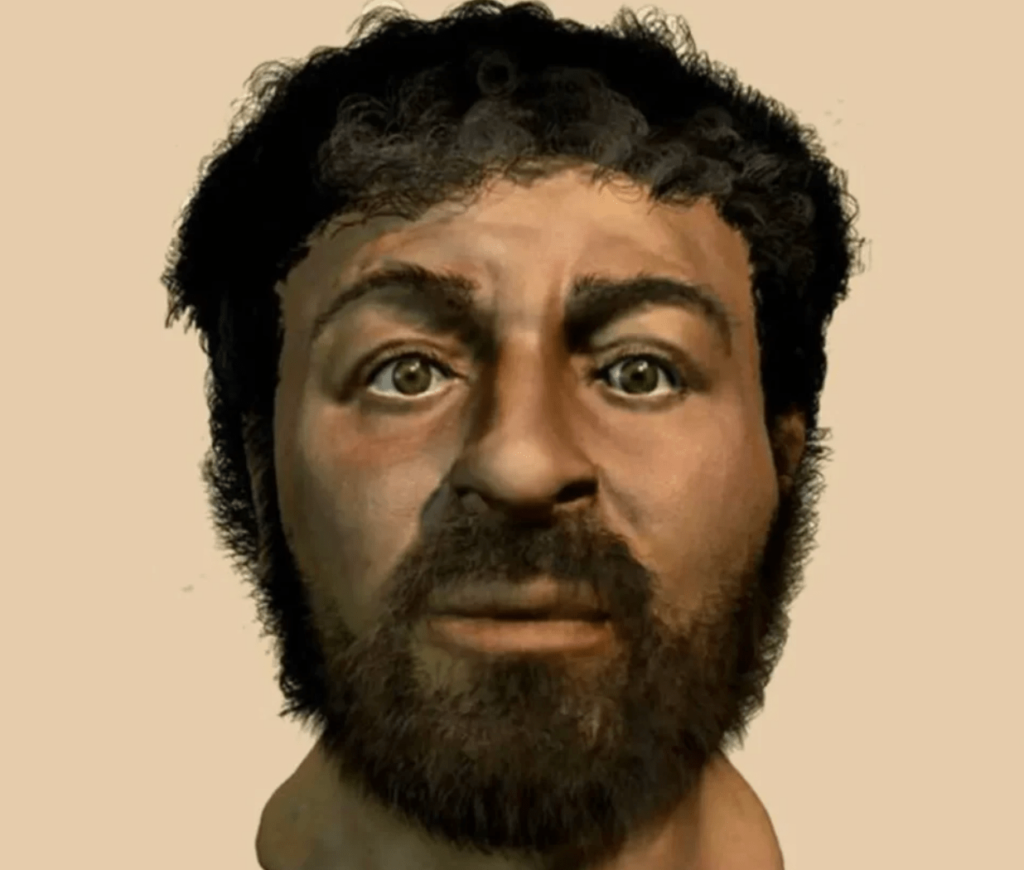
His face would have been decorated with a beard, and his feet would have been adorned with sandals.” Taylor, an expert on the origins of Christianity, emphasizes that Jesus lived an itinerant existence with no permanent residence. He relied on others’ generosity and shared in the struggle of the less fortunate.
Historical records, such as those of the 2nd Century scholar Celsus, support this depiction of Jesus as a humble character – scruffy, like a wanderer with an unkempt appearance, akin to a beggar.
As Jesus once stated, “Foxes have homes, birds have nests, but the Son of Man has somewhere to lay his head.” This matches the most significant explanation of Jesus’ existence.
Surprisingly, Jesus’ sphere of influence expanded beyond his immediate surroundings, reaching Europeans and Africans. Richard Neave, a forensic facial reconstruction specialist, was tasked with imagining the likeness of a Judean guy from the first century, similar to Jesus.
Neave’s painstaking restoration depicts a stocky man with dusky skin, short hair, and an olive complexion.
As this project provides new insights into the many layers of Jesus’ appearance, we urge you to SHARE this post with your friends and family on Facebook, generating significant debates about the historical nuances of the iconic figure we cherish.

